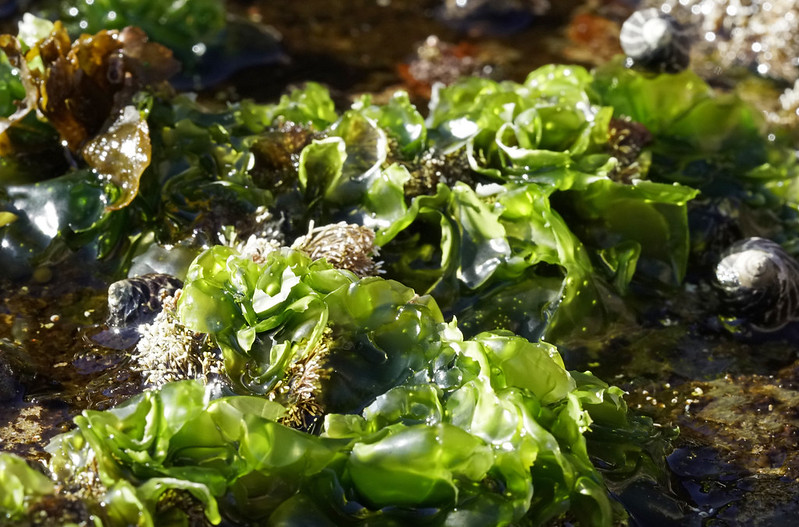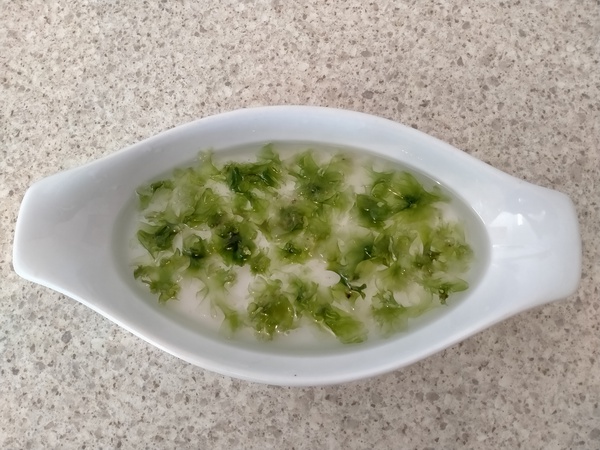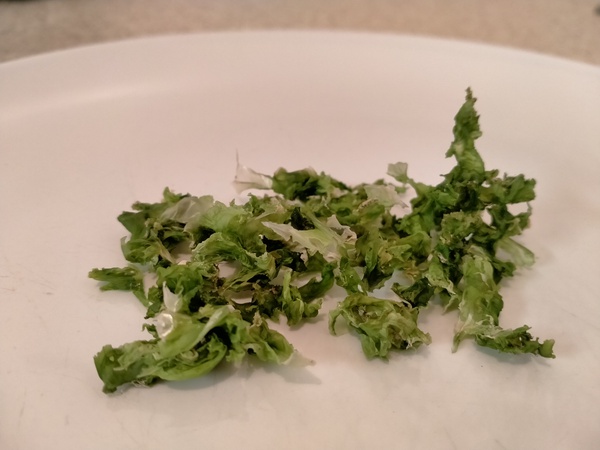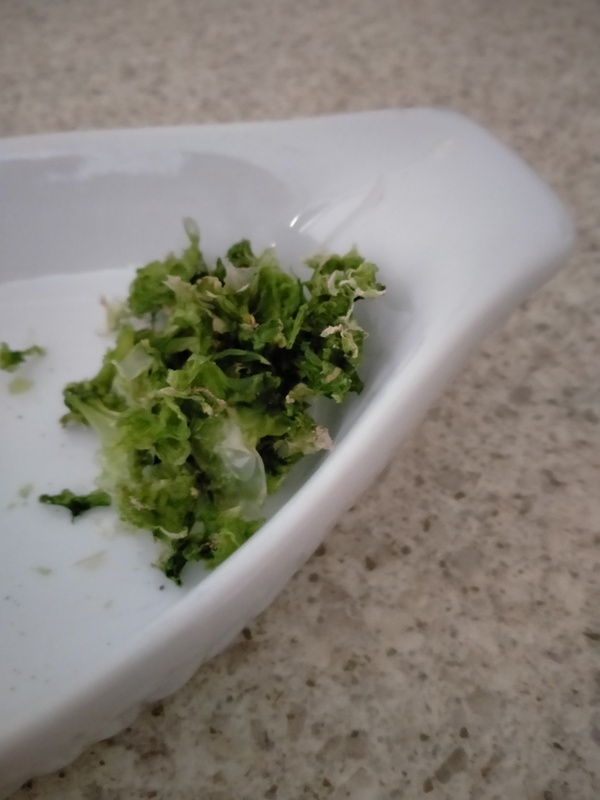sea lettuce chips
Words and recipe testing by Jessie Mount
The western world is finally becoming aware of what other nations, such as Japan and China, have known for centuries. Seaweed is delicious, nutritious, and has a plethora of health benefits. A diet including seaweed has been linked to a longer life expectancy, lowering risk of cancers and reducing obesity. But the best advantage of all in my opinion, and one that we are becoming increasingly aware of, is that seaweed is one the most sustainable food sources on the planet, and can help us tackle climate change.

Seaweed doesn’t need to be fed, it doesn’t need to be watered, it has a fast growth rate and you can pretty much just let it do it’s own thing. Seaweed farming releases very little emissions, but does a great job of absorbing carbon from the atmosphere, helping to reduce ocean acidification, and regulate ocean temperatures.
How could you not want to eat more of it? Supporting the seaweed industry is one of the simplest (and tastiest!) ways we can help the planet and our own health at the same time.
I recently spoke to an old friend of mine, Ash, who is a vegetarian chef based in Newcastle, Australia. Ash loves incorporating seaweed into her cooking, and when I asked her for her favourite recipe, the answer was simple – Sea lettuce chips!

Sea lettuce is widely distributed and found in rockpools and intertidal areas worldwide. It’s easily recognisable by its translucent bright green appearance resembling a miniature cos lettuce. It’s a popular garnish and very easy to harvest yourself. All you need for harvesting is a bucket and some scissors. Cut off the weed, being sure not to damage the base of the plant to allow it to regrow.
Once you’ve collected your sea lettuce, it’s just a matter of cleaning and drying it out. Ash rinses and soaks her sea lettuce a few times in fresh water to remove any bugs and bacteria.
After that, it’s time to dry your seaweed. Set your oven to a low temperature and bake it slowly until it dries and reaches your desired level of crispiness. By baking the seaweed slowly you are cooking it and removing any excess bacteria in the process. You can also air dry them if you don’t have access to an oven.


Then all you have left to do is enjoy! Add any extra seasonings you wish or simply enjoy it how nature intended. It really couldn’t be more simple.
Keep an eye out for my next sustainable recipe! In the meantime, happy seaweed snacking!


about the author
Jessie Mount is a Divemaster and outdoor adventurer currently based in the Mackerel Islands, Western Australia. She loves sharing her love for nature and hopes to inspire and educate others about our impacts on the environment. She’s very proud to be part of our community and is hopeful that change is on the horizon.
